Americans are on the move, and according to the U.S. CensusBureau, the U.S.population grew to 323.1 million from July 2015 to July 2016,or about 0.7 percent. The areas with the most growth were theSouth, with an increase of 4.5 percent, and the West, which grew by4.6 percent says CCC Information Systems (CCC) in their 2017Crash Course report.
|Among the states comprising what the Census Bureau hasidentified as the South are Florida, Texas, and South Carolina,which accounted for almost 40 percent of the U.S. population. Inthe West, the populations in Nevada and Utah grew by more than 3percent. Why is this significant?
|Because areas in the South and West saw some of the most severe weather last year, and CCCInformation Systems found that seven of the 10 most severe weatherevents occurred in the South and West. For insurers, an increase inpopulation in these areas can mean more property and auto claims if the trendscontinue into 2017.
|CCC says catastrophe events in 2016 totaled $175 billion inlosses, with $50 billion of those insured — $5 billion higherthan the 10-year average from 2006-2015.
|Here is a look at the 10 most extreme weather events from 2016,according to CCC Information Systems.
|Related: More extreme weather coming after record 2016 heat,WMO says
|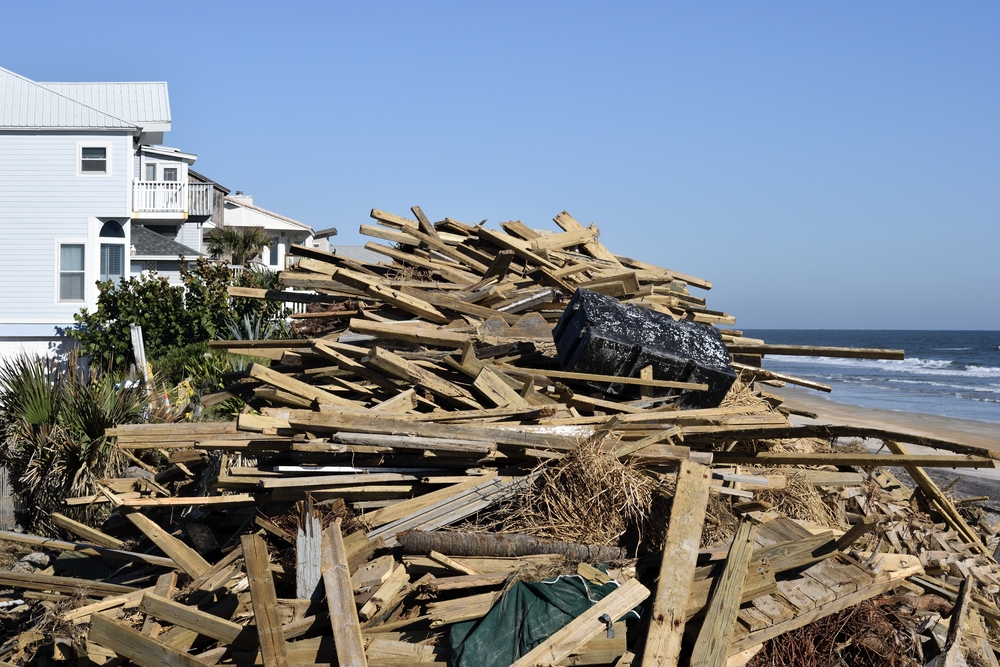
Vilano Beach, Florida: Beach debris caused byhurricane Matthew hitting along the east coast of Florida onOctober 7, 2016. (Photo: Shutterstock)
|1. HurricaneMatthew
Late last September, Hurricane Matthew traveled a path from theeastern Caribbean and up the East Coast. At one point, HurricaneMatthew was a Category 5 hurricane with 160 mph winds. By the timeit made landfall in Haiti and Cuba, the Weather Channel said it had weakened slightlyto a Category 4 hurricane.
|The storm killed 49 people and caused an estimated $3 billion inlosses, and as of Dec. 7th, the National Flood InsuranceProgram had received more than 10,000 claims and paid out over $70million to policyholders. At times, rainfall levels were measuredat seven inches an hour.
|Related: Matthew may cost insurers as much as $8.8 billion,AIR says 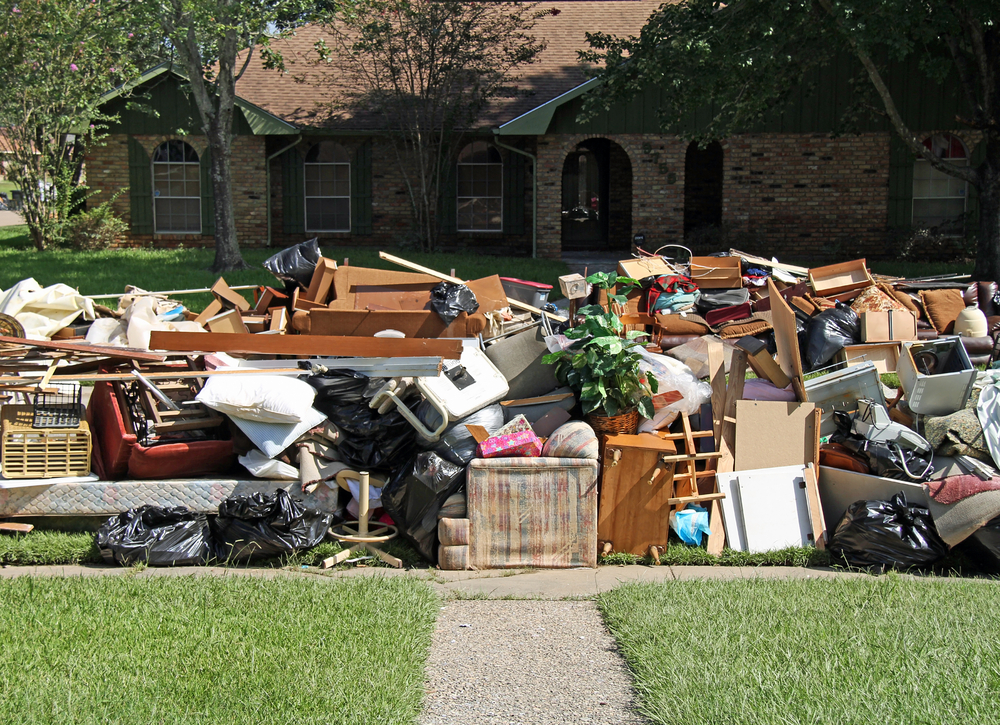
Cleaning up after the flood of 2016 in BatonRouge, LA. (Photo: Shutterstock)
|2. Torrentialrains
Louisiana experienced three times as much rain as it receivedduring Hurricane Katrina in mid-August, damaging over 60,000 homesand 100,000 vehicles. Several feet of rain fell in southernLouisiana, leading to evacuations of thousands and killing 13people. Several days of heavy thunderstorms drowned Watson,Louisiana, with 31.39 inches of rain, White Bayou with 26.14inches, Livingston with 25.52 inches, and Baton Rouge with 19inches according to the NOAA. Damages were estimated in thebillions of dollars.
|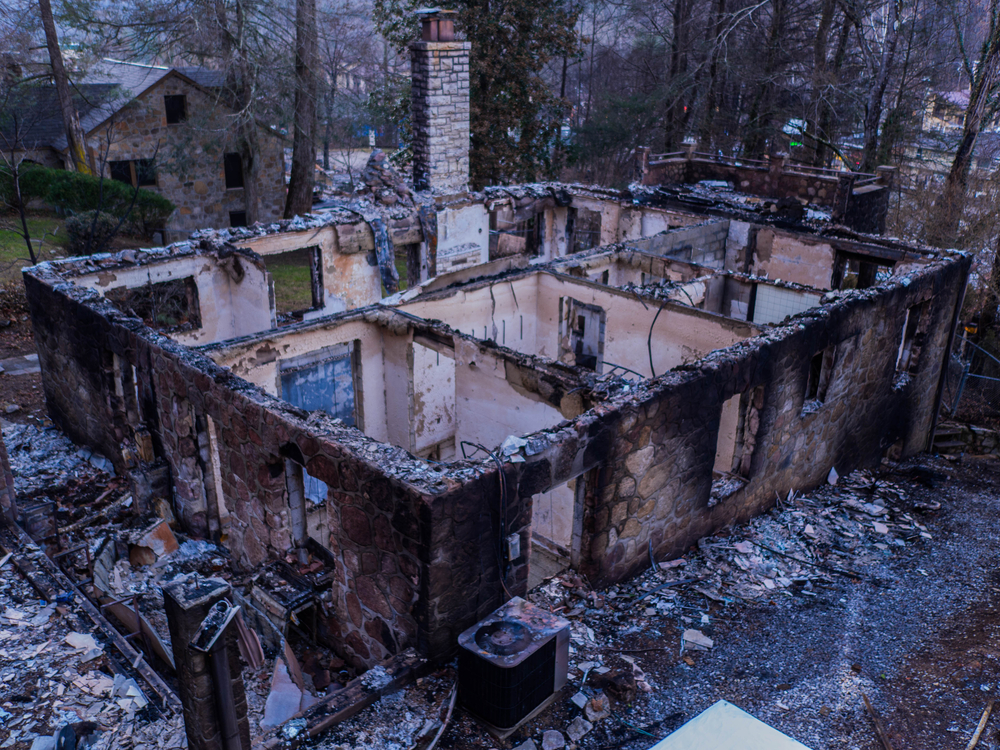
Home damaged by the wildfire in Gatlinburg, Tennessee.(Photo: Shutterstock)
|3. Tennesseewildfire
A significant drought left much of the area from centralMississippi to western North Carolina significantly parched. LastNovember, a wildfire started by arson near Gatlinburg, Tennessee, destroyed more 16,000acres, killed 14 people, and burned over 1,700 structures. Withdamage estimates totaling approximately $500 million, it was theworst fire of the year.
|Related: Wildfires: An expanding threat?
|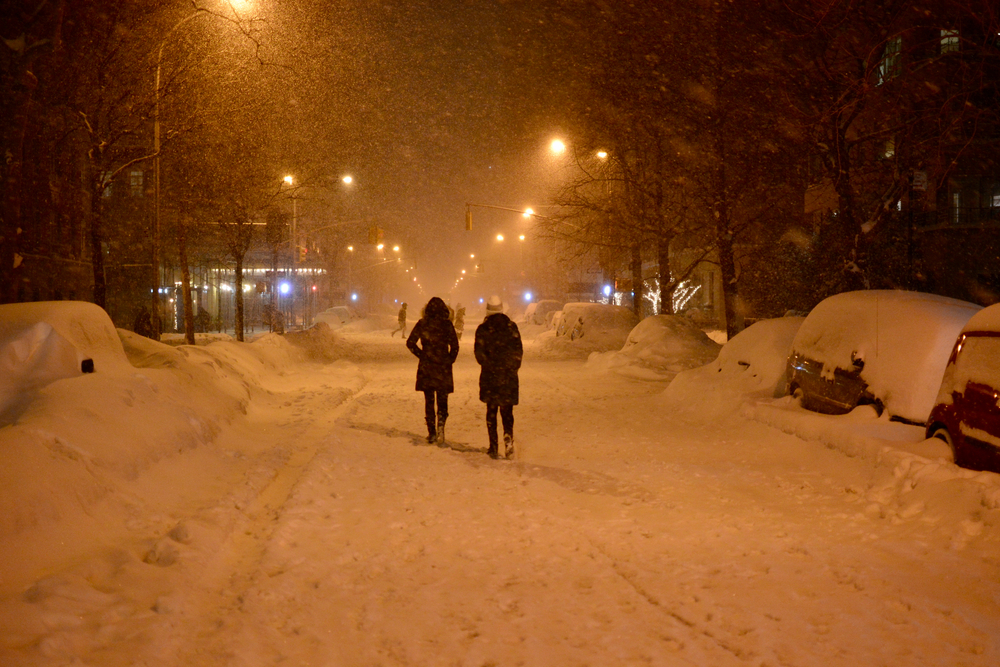
View of New York streets in the West Village district duringthe blizzard. (Photo: Shutterstock)
|4. Snowzilla
Anyone living along the East Coast last January remembers thesnow storm that dumped almost three feet of snow from Virginia toNew York. After several months of extremely mild temperatures (itwas close to 70 degrees in the same area on Christmas day), thestorm impacted 26 states altogether, shutting down businesses,airports and schools, and caused 55 fatalities. According to theNOAA, it affected 102 million people and was the fourth mostpowerful snow storm to devastate the Northeast in 66 years. CCCsays economic losses ran between $500 million and $3 billion.
|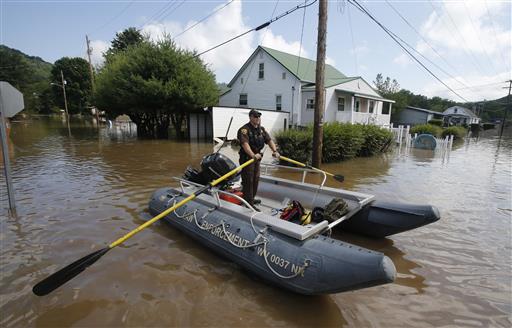
Lt. Dennis Feazell, of the West Virginia Department ofNatural Resources, rows his boat as he and a co-worker searchflooded homes in Rainelle, W. Va., Saturday, June 25, 2016. About32,000 West Virginia homes and businesses remained without powerSaturday after severe flooding hit the state. The West VirginiaDivision of Homeland Security and Emergency Management also saidSaturday that more than 60 secondary roads in the state wereclosed.(AP Photo/Steve Helber)
|5. Flashfloods
Last June, West Virginia experienced what has been called a “onein 1,000-year” flood from a rainstorm. More than 10 inches of rainfell in Greenbrier County — seven inches of it in just severalhours. Losses from the flooding were estimated at $1 billion.
|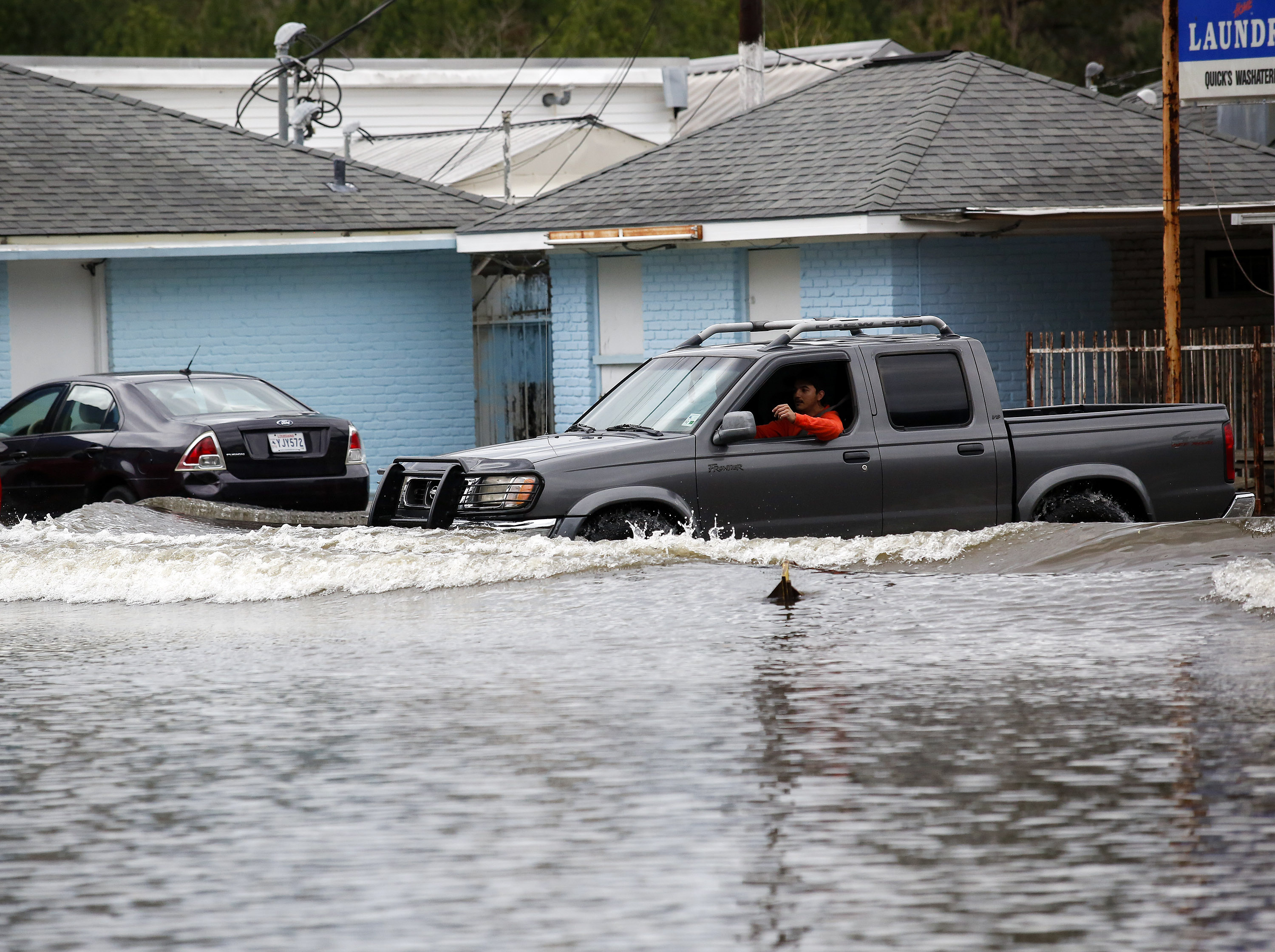
A motorist drives through flood waters in Hammond, La.,Friday, March 11, 2016. Torrential rains pounded northern Louisianafor fourth day Friday, trapping several hundred people in theirhomes, leaving scores of roads impassable and causing widespreadflooding. (AP Photo/Scott Threlkeld)
|6. More flooding in theSouth
Significant rains were also the source of flooding in March whenthe Sabine River Basin flooded East Texas andLouisiana. Total rainfall over several days was just under 27inches and record crests were recorded throughout the area. TheSabine River crested at more than 33 feet in Deweyville, Texas.Estimated losses were placed at $1.3 billion.
|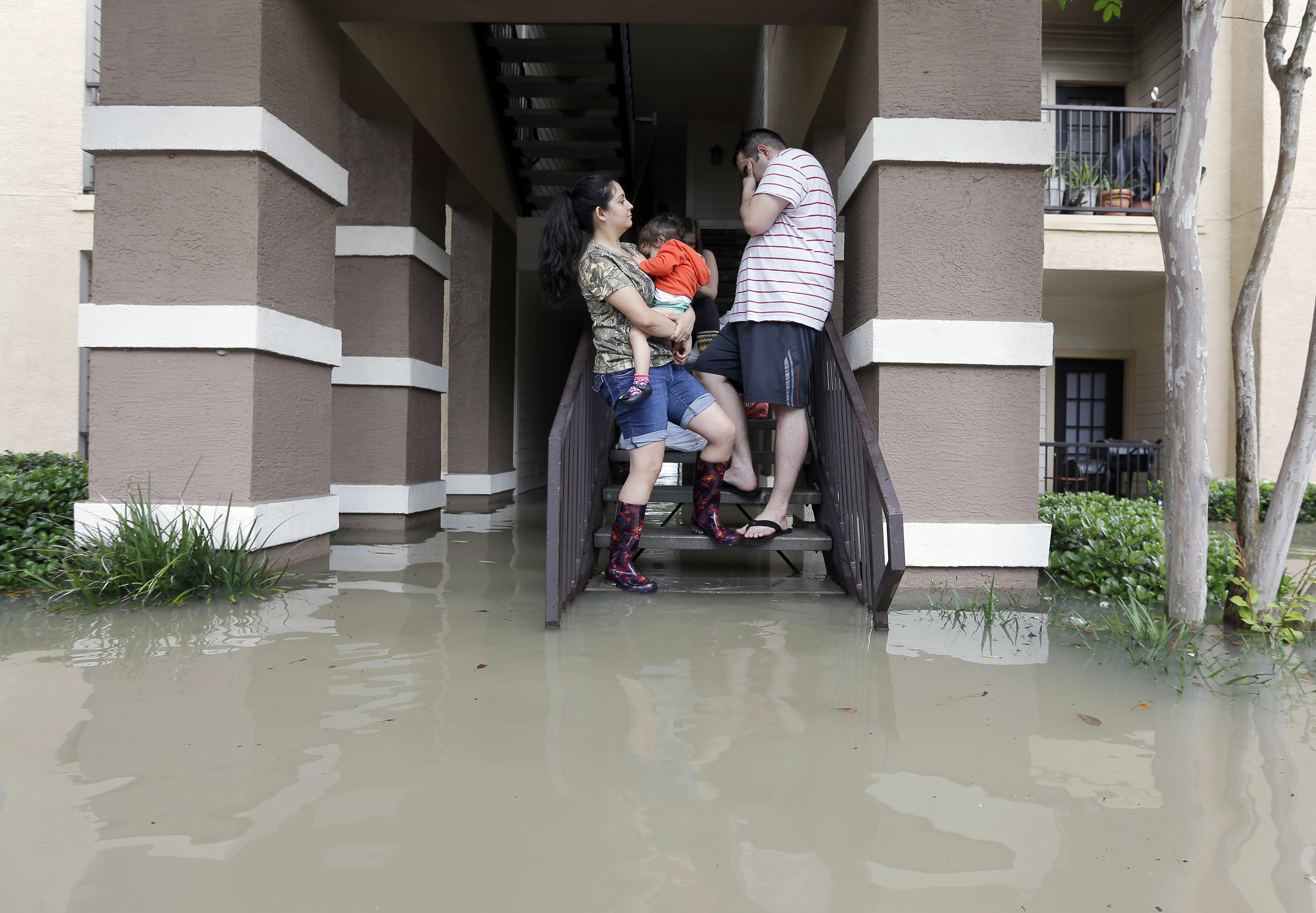
Residents wait to be evacuated from their flooded apartmentcomplex Tuesday, April 19, 2016, in Houston. Storms dumped morethan a foot of rain in the Houston area, flooding dozens ofneighborhoods. (AP Photo/David J. Phillip)
|7. Houstonfloods
A month later, Houston, Texas, was the recipient of more than 15inches of rain in about 24 hours. No stranger to flooding, Houstonhas had multiple floods over the last several years,but the floods in April resulted in estimated losses of $1.2billion.
|Related: Flooding leads list of U.S. climate disasterscosting $46 billion in 2016
|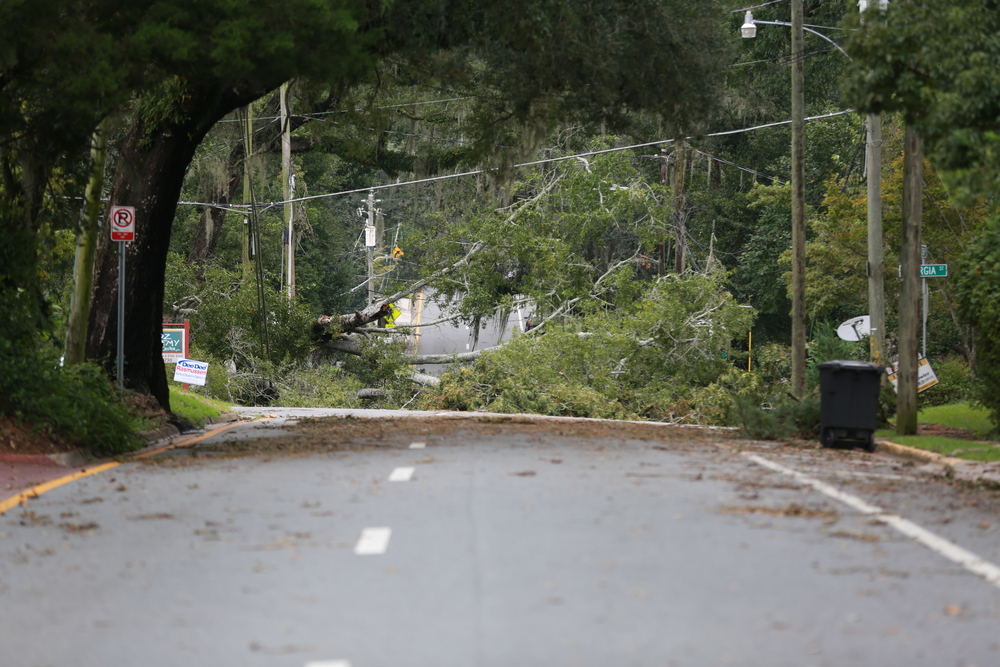
Tallahassee, FL – September 2016 – In the aftermath ofhurricane Hermine, 80,000 residents and businesses left withoutpower in Tallahassee. Cleaning and recovery started by thedaylight. (Photo: Shutterstock)
|8. HurricaneHermine
As the first hurricane to hit Florida in more than a decade,Hermine came bursting onto the Florida coast near St. Marks,Florida, as a Category 1 storm. More than 75 percent of thecounties in Florida were under a state of emergency during thestorm, and CCC placed damage estimates at $800 million.
|Related: Hurricane Hermine seen costing insurers less than$400 million
|| Storm-damaged car on Main Street after the flood onJuly 30, 2016 (Photo: Shutterstock)
Storm-damaged car on Main Street after the flood onJuly 30, 2016 (Photo: Shutterstock)
9. Historic EllicottCity
When six inches of rain fell in less than two hours, it turnedMain Street in historic Ellicott City, Maryland, outside ofBaltimore, into a raging river that swept people, cars and buildingfoundations with it. This one in a 1,000-year event caused morethan $22 million in damages and an estimated economic impact to thearea of $42 million, since the majority of the 141 businesses inthe area were affected by the flooding.
|Related: Heavy flooding decimates historic town leaving 2dead
|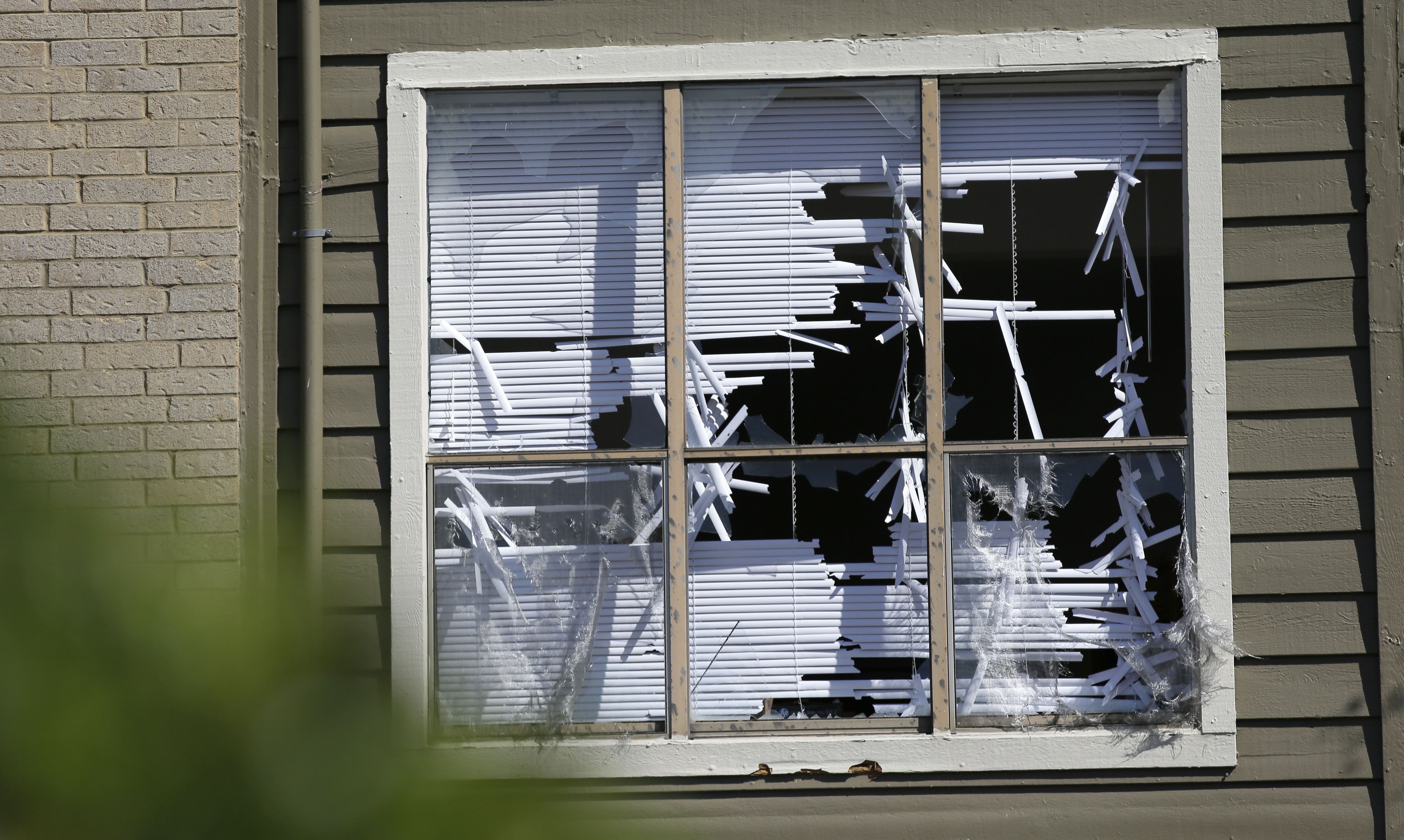
Blinds are shredded in windows broken by a hail stormThursday, March 24, 2016, in Plano, Texas. An early springhailstorm in North Texas has broken windows in some homes andvehicles. (AP Photo/LM Otero)
|10. Hailstorms
Precipitation was the source of significant damage in Texas inMarch and April, as losses from hail storms totaled more than $7billion according to CCC. Billed as the costliest hail storm in thestate's history, more than 110,000 vehicles were damaged. A stormin San Antonio in April caused almost $1.4 billion in estimatedlosses. Another storm in Fort Worth with reportedly softball-sizehail in May did an addition $1.1 billion in damage.
|Related: Houston attorney wins rare malice finding againstinsurer in $1.8M verdict
|Some blame these events on the El Niño weather pattern. However,increasing temperatures around the globe have also been cited as areason for a more active catastrophe season.
Want to continue reading?
Become a Free PropertyCasualty360 Digital Reader
Your access to unlimited PropertyCasualty360 content isn’t changing.
Once you are an ALM digital member, you’ll receive:
- All PropertyCasualty360.com news coverage, best practices, and in-depth analysis.
- Educational webcasts, resources from industry leaders, and informative newsletters.
- Other award-winning websites including BenefitsPRO.com and ThinkAdvisor.com.
Already have an account? Sign In
© 2024 ALM Global, LLC, All Rights Reserved. Request academic re-use from www.copyright.com. All other uses, submit a request to [email protected]. For more information visit Asset & Logo Licensing.








